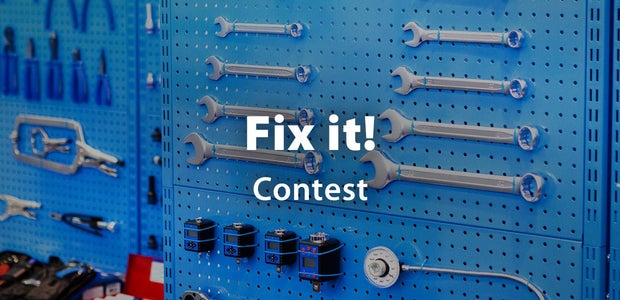Introduction: Oil Drum Coffee Table (Galvanized Oil Drum)
In this instructable, I will help you get an understanding of the process it took to make this oil drum coffee table!
Step 1: Oil Drum Coffee Table
First source an oil drum! You can pick one of these up locally using craigslist for under $20.
You will also need access to the following tools:
- Angle Grinder
- Drill Gun
- Level
- Protective gloves
- Protective face shield
- Palm sander/Router (Optional)
Step 2: Wear Protective Gear!
You will first need to source an angle grinder and you will need two attachments for this project:
1) A cutting blade (for metal use)
2) A grinding wheel attachment (to clean up your cuts)
Step 3: Cutting the Drum
Make sure your angle grinder has a shield plate when using the cutting wheel! This is very important to avoid any injuries. You can measure the drum at your desired height or you can follow the bent seams that most oil drums come with from the factory.
Step 4: Grinding Clean Up
After you cut the drum to your measurements you will have to grind off the raw edges of the steel to make smoother edges for safer handling.
Step 5: Measure Your Drum!
This measurement will give you the diameter needed to transfer over to a sheet of plywood or OSB. You can cut the circle out of an entire piece or as two half pieces that attach together.
Step 6: Cardboard Template (Optional)
To speed up the process I used a laser cutter and managed to cut half of the circle with cardboard. This was then used as a pattern to trace over the OSB sheet I had used.
Step 7: Assemble Two Halves (Optional)
If you are following the process of using two halves rather than a whole circle. You will need to line up your two cuts to form a perfect circle.
Step 8: Attaching Supports
You are now ready to cut out supports. Attach one support directly in the center seam and make sure the board can reach at least 4 inches on each side. That would then transfer to having a piece that is 8" wide and the length would be the measurement of your circle. You can then add two more supports, one would be on the left edge and the other would be on the right edge. Make sure you keep these supports parallel to one another. You will be able to see and image of the supports I mentioned in the next few steps.
Step 9: Finish Edges
After the supports are in make sure you sand down any pieces that might have passed the circle's border. Make sure all of the edges are flush with the edges of the circle itself.
Step 10: Supports View/Drop In
In this step, you can see the supports I created to bond the two halves to form a whole circle. I then dropped in this tabletop upside down in order to install the support beams.
Step 11: Drill Points (Structural Support)
Next up will involve measuring a few points of contact depending on how many legs you would like to have for your coffee table! I chose the standard 4 leg approach and evenly measured 6 drill points in order to screw the wood structures into the walls of the drum itself. These structures will, later on, accept the legs for your table.
Step 12: Internal Supports (Leg Mounts)
You can now cut your internal supports based on your own measurements. These pieces of wood will have to be as wide as the drill points you have made. Align them with your holes and drill screws from the outside to make sure the supports are secure. Use a level to ensure each point is flush and level with one another.
Step 13: Creating Legs
This part is optional and you are free to design any legs you would like!
Step 14: Automotive Trim
Next up you will need automotive trim to press into the raw edges of both the top and bottom of your oil drum. This will provide easier handling and a safer experience when using this coffee table.
Step 15: Mounting the Legs
In this step, you will need to mount the legs to the internal supports you have created. I would recommend you to predrill first and then screw in your desired screw choice. Make sure your screws are long enough to reach through the legs themselves and into your supports.
Step 16: Tier Table Top (Optional)
In this step, I had decided to create another tabletop tier. You can use the same method in the first steps to cut half of a circle using plywood or OSB. I then used a tabletop router to bevel my edges, this can be done using a palm sander as well.
Step 17: Spacers
I cut out a few spacers using a galvanized pipe to offset the table top from the second tier. I drilled an inset the same diameter as the spacers so that each spacer would sit into the wood itself. The next steps involve screwing your desired screw choices from the bottom up into the second tier table top. This will then fasten the two in place.
Step 18: Finishing
You can now finish the wood tops and legs to your desired stain or paint. Oil-based stains are great at repelling water and can help your tabletop last twice as long.
Step 19: Finished Piece (In Use)
I hope you enjoyed this instructable! Check out my embedded link to see the live video process of this project. Thank you for visiting!
Step 20:

Runner Up in the
Trash to Treasure










